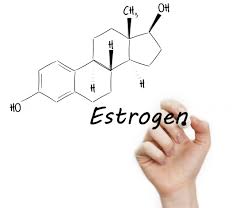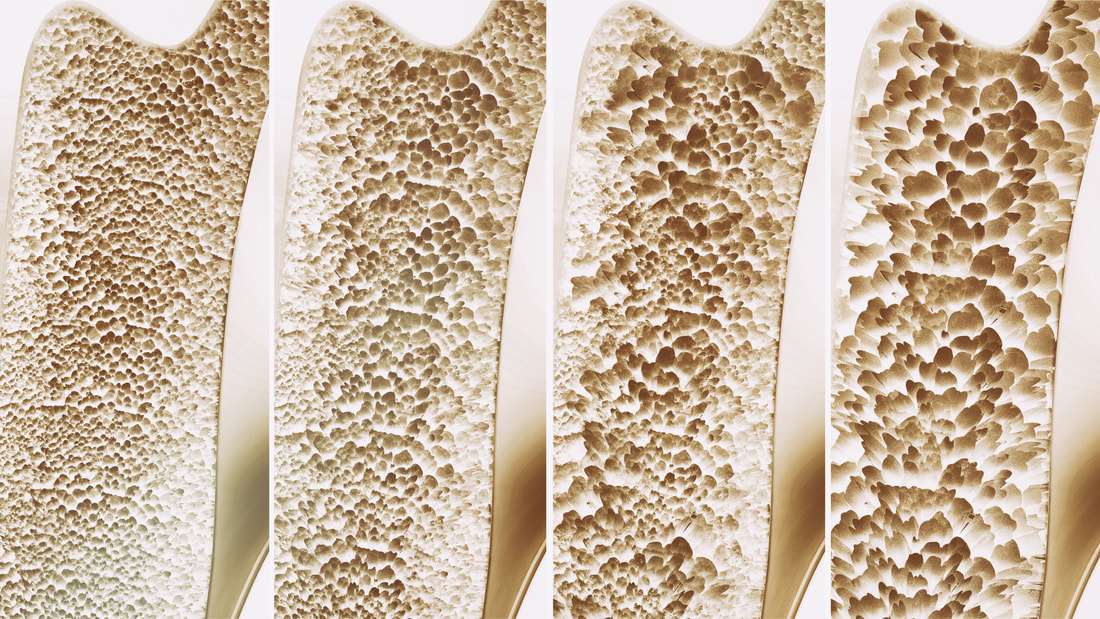|
For many physicians of my era (started practice in 1991) the story of hormone replacement therapy reflects the bandwagon nature of medicine. In the mid-nineties as I opened my practice, we actively recommended that almost all menopausal women should take hormone replacement (HRT) or estrogen replacement therapy (if they had a hysterectomy). As physicians we measured ourselves by our HRT percentage - feeling that if we were doing our jobs this should approach 100%. The reasons for our enthusiasm for estrogen replacement seemed clear. In menopause, estrogen levels plummet to 1% of pre-menopausal levels. Using estrogen to replace this loss, appeared to have significant benefits:
...and while these benefits were offset by a small but real increased risk in venous blood clots - the benefits seemed overwhelming. Then on July 17, 2002 the world of estrogen replacement came crashing down. The Woman's Health Initiative - the largest and most expensive trial ($1B) ever done at that time was stopped because HRT increased the risk of breast cancer by 26%. Overnight, physicians jumped off the bandwagon and rates of HRT fell dramatically. Unfortunately most of us did not read the details of the study (once it was eventually released).  In the new book, "Estrogen Matters" by Dr. Avrum Bluming and Carol Tavris, the data from WHI is examined in the broader context. Starting with the conclusion that HRT increases breast cancer by 26% - the first and most stunningly underappreciated fact was that this increase did not meet statistical significance, meaning that it did not clear the commonly accepted threshold that there has to be less than a 5% chance that this result could be random. Next, even if you accepted that the result was real and not random, then it is important to understand the result. There are two ways that the study could have shown an increased rate of breast CA, either the rate of breast CA actually increased in the treatment group OR the rate of breast CA went down in the control group. Of course if the latter explanation is correct then the study is flawed. Closer analysis of the WHI data has clearly shown that the reported increase rate of breast CA did not come from higher breast cancer rates than expected in the treatment group but resulted from the fact that the control group had a lower incidence of breast cancer than expected. Even more confusing was the fact that this reduction of breast cancer in the control group occurred because there was a significant number of woman who had been on HRT previously and in this group there was less breast cancer. So the WHI concluded that HRT increases breast CA because previous HRT experience decreased the rate of breast CA in the control group - incredible! The third thing to consider when reviewing the WHI findings is the absolute rate of the increase in breast cancer. So even if you accept that the effect is real and not the result of randomness or a decreased rate in the control group the absolute increase in was 8 more breast cancer diagnoses per 10,000 patient years. Taken together, this review significantly decreases, if not removes altogether, the concern that I have about estrogen causing an increase in breast cancer. Bluming and Tavris then revisit the benefits and risks of HRT - providing links to the best available current evidence and in doing so provide perhaps the best single source of HRT information for anyone considering HRT. Summary of the Risks and Benefits of Estrogen Replacement: Benefits
Risks
Bottom Line: For every woman going through menopause, HRT should be given personalized and individualized consideration. I highly recommend this book to anyone who wants to review the data for themselves and make a fully informed decision. As for my physician colleagues, I have already been recommending "Estrogen Matters" For a great listen - check out Peter Attia's podcast. with Bluming and Tavris You may be interested: Osteoporosis Considering the Role of Estrogen Therapy Osteoporosis The Science of Bone Health - 3 Principles to Develop and Maintain Bone Our bones are remarkable examples of evolution's ingenuity. From a functional perspective, bones serve multiple roles - structure, mobility, support, protection as well as serving as a reservoir for essential minerals. These roles became important, when our distant predecessors left the calcium-rich ocean to live in calcium-poor fresh water, and then further evolved to live on land where gravitational forces (without the buoyancy effect of water) put greater stress on the skeleton. Our skeletons store two key minerals, calcium and phosphorus, both essential for the healthy functioning of cells and bodily organs, and our bones are called, in times of stress, to maintain blood levels of both.
A complex system of hormones regulates calcium and phosphorus in our bodies acting on bone, intestine and kidneys to maintain adequate supply for proper cellular function in all cells but particularly in nerves and muscle. These hormones include: Calcium Regulating Hormones
Of these, Vitamin D stands out, as we are dependent on our environment, specifically sunlight to synthesize adequate Vitamin D to maintain adequate dietary calcium absorption from our intestines. The dual roles of bone, to act as structure and at the same time represent a reservoir for calcium and phosphorus, are in direct conflict with each other. Bones must be strong and flexible to respond to the weight bearing and mechanical forces of our activities. When our activities increase in intensity, our bones get stronger in order to sustain the load. However if calcium or phosphorus are in short supply, our regulatory hormones will draw them out of bone to serve vital functions in other cells in the body, and in the process potentially weaken bone. Bone is an incredible material providing both strength and flexibility in order to be resilient to the mechanical forces imposed by daily activities, not to mention sports. To accomplish this bone is a composite material made of minerals bound to protein, predominantly collagen. If bone was made only from mineral crystals it would be brittle and fracture easily; if made solely from protein it would be too flexible and would not provide adequate structure and flexibility. The mineral components of bone are crystals of calcium and phosphate called hydroxyapatite. They are bound in a matrix to a triplet of three long, thin, intertwined collagen rods with are strengthened by chemical bonds between proteins. Other proteins further strengthen the collagen matrix and regulate mineral binding. Small changes in shape of the bones, from mechanical forces, act on the cells inside the bone to send signals that allow bone to respond to these loads by remodelling and strengthening. In this way, our bones are always changing and growing, responding to mechanical loads, resorbing and laying down new bone. Bone health depends on the balanced effects of two kinds of bone cells:
Once growth is finished and we are adults, osteoblasts spend less time creating new bone and more time regulating bone repair - osteoblasts signal osteoclast to hollow out bone in a specific location and then fill in that area with new & healthy bone. Bone also has another remarkable feature - it is anti-fragile: if stressed it gets stronger. This phenomena, called Wolff's Law was originally recognized in late 19th century, but is probably most dramatically visualized in tennis players who show far greater bone mass in their racket arm as compared to their non-dominant arm. This remarkable gift, that our bones grow stronger through stress and usage has a dark, flip side: our bones grow weaker through disuse. Only in modern times has this become a downside. For most of human history, our lives were simply too active. Our predecessors had very strong bones from all the physical work and stress placed on their bones throughout their lives. From the industrial revolution on onward, labor saving technologies have decreased the degree to which we need to use our bodies to the point that many of us are no longer building enough bone. This is another example of evolutionary mismatch that I have previously written about. Compounding this fundamental mismatch, modern diets and lifestyles also lead to deficiencies in dietary calcium, protein and Vitamin D necessary for bone health. To develop and maintain bone mass three key principles emerge:
Next week, we will look at osteoporosis and what you can do to prevent or reverse it. |
AuthorDr. Brendan Byrne Categories
All
|


 RSS Feed
RSS Feed
